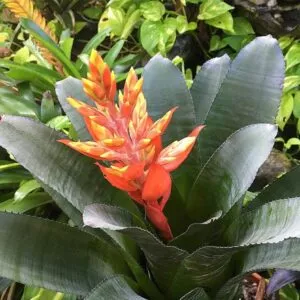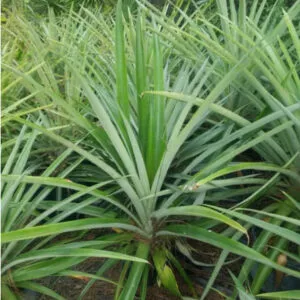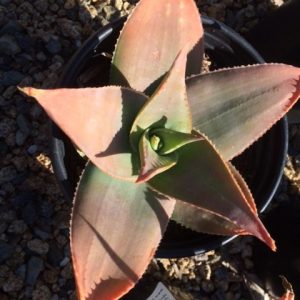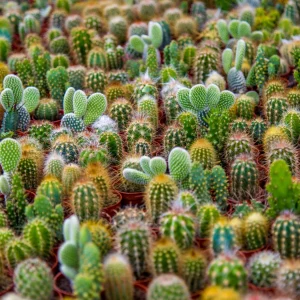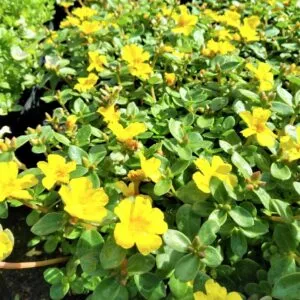No products in the cart.
There are many types of lavender. If there’s English lavender and French lavender, there also is Spanish lavender. Like its relatives, the Spanish lavender also produces flower heads that emit lovely fragrances. What makes it distinct is that the top of its dark purple flowers resembles the shape of rabbit ears.
Some varieties produce pink flowers while others have white blooms. Lavender plants can also be the perfect companion plants for your spring container garden set-up. Check out this 10 Spring Container Garden Ideas article for more options.
Find out more information about the Spanish lavender plants below:
PLANT NAME: Lavandula stoechas
Other Name: Spanish lavender, Butterfly lavender, Bract lavender
Plant Type: Low-shrub, perennial
Native Areas: Mediterranean region of Europe (Spain, Portugal, and France)
Light Requirement: Full sun
Watering: Moderate to low
Fertilizer: Low-feeder; Fertilize once or twice a year
Toxicity: Toxic to pets
Temperature: Not cold-tolerant
Propagation: Cuttings, Seeds, Division
Growth: Slow-growing
Soil Type: Sandy and well-draining with acidic to neutral pH
More About Lavandula stoechas

Lavandula stoechas, commonly known as Spanish lavender, is native to Spain, Portugal, and France. Spanish lavender plants have a rounded, compact shape (1 to 2) compared to other lavender species. It has a woody It has narrow grey-green leaves and cone-shaped clusters of flowers that give off an aromatic smell.
Spanish lavender’s strong and sweet scent makes it a favorite choice for perfumes, essential oil, and other aromatherapy products.
Having a long blooming season from May through Fall, the Spanish lavender will certainly make your landscape beautiful and aromatic for a long while. Spanish lavender plants are best suited for mass planting in rock gardens, banks and borders, edges, hedges, and patios. You can also grow it as a potted plant but you have to ensure good drainage.
Lavandula stoechas has been always a choice for many gardeners due to its attractive flowers and this plant is believed to be deer and rabbit resistant.
Spanish Lavender Care Guide
Soil

A sandy, light,well-draining soil is what Spanish lavender prefers. Even if the soil isn’t very fertile, it’s fine because this herb can thrive in poor soil. Areas that have rocky, silty, and sandy but well-drained soils are the best. Avoid planting in clayey soils.
Maintaining a slightly moist soil benefits the plant’s growth. Without proper drainage, your Spanish lavender is in danger of dying from root rot.
Lighting

When growing Spanish lavender, finding the right spot is crucial. Sunny locations are the best. Plant your Spanish lavender in open areas that receive plenty of direct sunlight. To bloom profusely, your Spanish lavender plants should receive at least six hours of full sun every day.
Watering
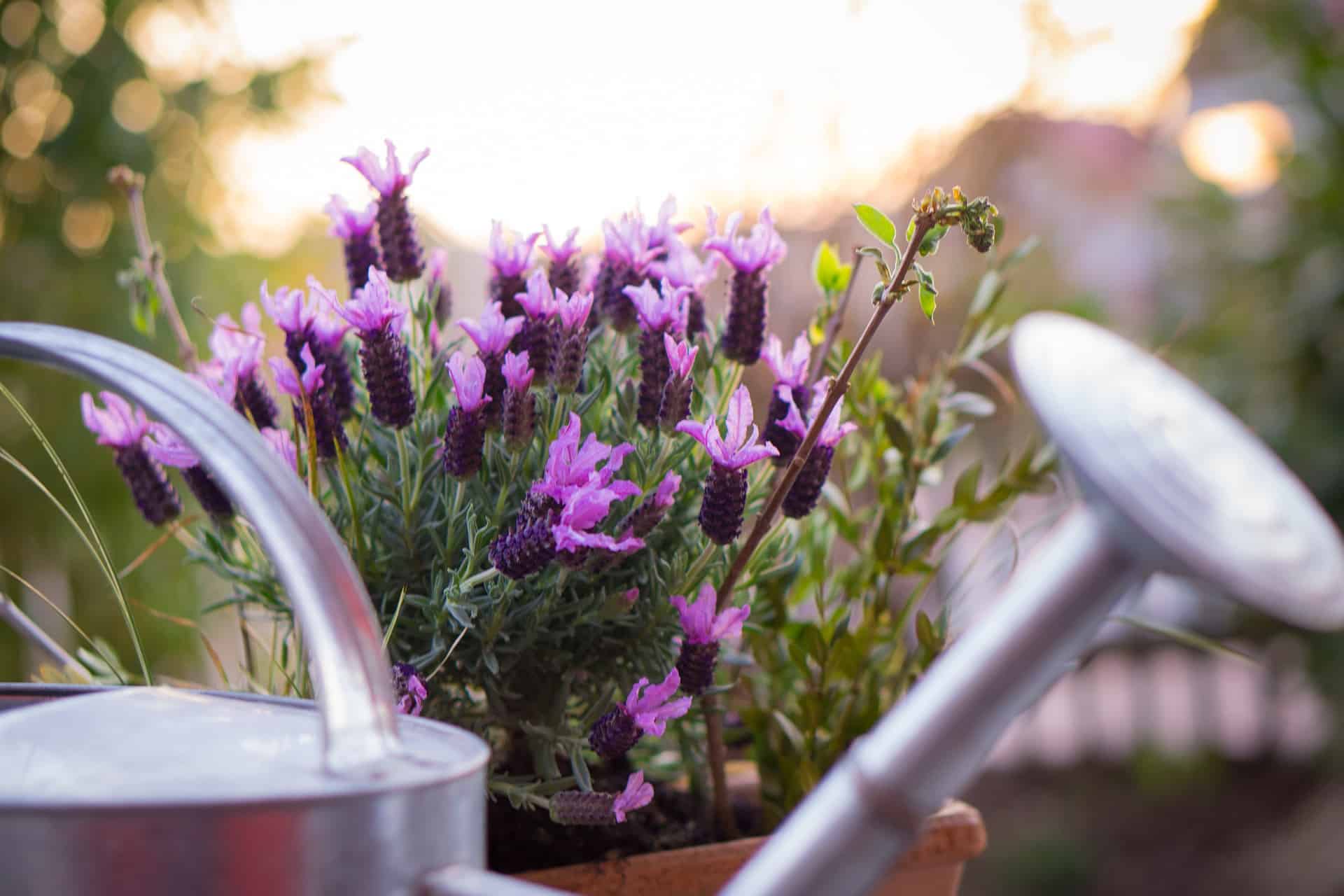
As a drought-tolerant species, Spanish lavender requires less frequent watering. Water deeply once a week enough to keep the soil slightly moist but not soggy. What you must avoid when watering this herb is leaving any standing water in its growing area.
Without excellent drainage, the plants will suffer from overwatering, and eventually root rot.
It’s best to use drip irrigation when watering.
In young plants, more frequent watering is necessary to establish a better root system. You can layer organic mulch to conserve moisture. Once your Spanish lavender plants are established, you may water less frequently.
-
Free Shipping$21.99Sold By: Gar-Zen Botanical Design
Only 3 left in stock (can be backordered)
Red Brazil Bromeliad Aechmea nudicaulis
Only 3 available and it’s in 2 people’s basketRated 4.86 out of 5 based on 49 customer ratings00Sold By: Gar-Zen Botanical Design -
$28.64 – $59.95Sold By: Carlo's Plant Farm
In stock
Pineapple Florida Special | Carlo`s Plant Farm
Rated 5.00 out of 5 based on 22 customer ratings00Sold By: Carlo's Plant Farm -
$22.00Sold By: Cacti and Exotica
In stock
Senecio rowleyanus—String of Pearls
Rated 4.98 out of 5 based on 59 customer ratings00Sold By: Cacti and Exotica -
$45.99Sold By: Succulent Oasis
In stock
Mature Aloe Hybrid | Aloe Striata Hybrid or Ghost Aloe | A beautiul purple-gray Aloe
Rated 4.84 out of 5 based on 352 customer ratings00Sold By: Succulent Oasis
Temperature and Humidity
If you’re from warm climates, growing Spanish lavender is wise simply because it’s more heat tolerant than other lavender species. It grows best in areas under USDA Hardiness Zones 5 to 9.

Spanish lavender isn’t very cold hardy, which means that they’re susceptible to winter damage. It’s better to provide a mulch or burlap covering on top to protect the plants from cold winter temperatures.
Fertilizer
There’s no need to add fertilizer to the soil when you grow Spanish lavender plants. As this species thrive in poor soil, it’s used to not receiving plenty of nutrients and prefers to have it that way. Even during the planting season, we don’t recommend amending the soil with compost unless it’s a clayey type of soil.
If you need to add fertilizer, do so only once or twice a year. Don’t go beyond that frequency. Otherwise, the fertilizer will cause excessive growth of Spanish lavender foliage at the expense of its blooms.
Pruning

Pruning Spanish lavender is quite helpful in producing more flowers and encouraging repeat flowering. After the first flush of flowers in Spring, prune a third of its height. Conduct another light pruning in late summer. This woody evergreen shrub does not like to be cut back to the ground for it will kill the plant.
Potting
Spanish lavender grows well in pots, too. So if you don’t have enough space for growing lavender on the ground, your next best choice is a container pot. Start by choosing a good size pot that has drainage holes at the bottom. Your potted lavender will need more frequent watering because the soil is limited.
However, it’s sensitive to overwatering so we recommend that you allow the soil to dry completely in between waterings.
Once the soil is depleted and the roots start to grow out of the pot, repot your Spanish lavender in a bigger container. Use well-draining soil to replenish the growing medium. Since this outdoor plant is slow-growing, it won’t need very frequent repotting.
Propagation
There are two effective ways to propagate your Spanish lavender. One is through cuttings and the other one is through Spanish lavender seeds.
If you opt to use cuttings, the best time to harvest is during Spring or Fall. Look for new growths without flower heads and snip them off. Plant these cuttings in a moist growing medium and cover the top with a plastic bag to prevent them from drying out.
Mist the soil regularly to keep it moist and help the cuttings develop their roots. Once the roots develop, you can remove the plastic covering already.
If you prefer to grow Spanish lavender from seeds, starting them indoors is best. Buy seeds from reputable sources to ensure that they’ll germinate. Sow the seeds in pots and cover them thinly with a growing medium. Moisten the soil to encourage germination.
The seeds should begin to sprout in about two weeks. Once they’re big enough and the true leaves are already there, transfer the seedlings to bigger pots.
Spanish Lavender Varieties
What’s common with Spanish lavender varieties are the silver-gray foliage and the flower heads that resemble rabbit ears. However, the bloom color may differ. Here are some of them:
Lavendula stoechas ‘Alba’
Alba is also known as the White Spanish lavender for obvious reasons. It produces white blooms and has gray-green leaves. The shrub is compact, growing up to two feet high only.
Lavendula stoechas ‘Kew Red’

Another variety is the Kew Red which is known for its deep-pink flowers with pale pink petals on top, creating a stunning bi-color effect. Its silvery green foliage is also highly aromatic.
Lavendula stoechas ‘Fathead’
The Fathead variety is known for its plump flowers. It has the typical lavender color but the purple bunny ears fade into pink through time. The silvery foliage of Fathead also emits a lovely fragrance.
Spanish Lavender Common Diseases and Pests
Lavender plants are typically hardy and they’re not usually affected by pests and diseases. However, if the garden lacks good air circulation, your Spanish lavender plants could suffer from poor air circulation.
Spittlebugs may also be a problem from time to time but don’t usually cause big trouble. You can hose them down with water spray to kill the larvae and eggs.
Frequently Asked Questions
To keep your Spanish lavender blooming, provide it with bright light, particularly full sun. Always deadhead the spent blooms and conduct pruning after the first blooming season.
You can plant Spanish lavender in pots and on the ground. Landscape ideas include banks and slopes, edges and borders, hedges and screens, and patios.
Spanish lavender produces the first flush of blooms in May, followed by a second flush in June and another one in late summer or fall. All in all, it can bloom up to three times depending on how favorable the growing conditions are.
The majority of garden centers and nurseries offer Spanish lavender plants. Check out our partner gardeners here in Plantly for various ornamentals to choose from.
Whether you want to buy, sell, or simply reach out to other plant enthusiasts, Plantly is the right place to be!
-
Free Shipping$8.96Sold By: CZ Grain
In stock
Cacti Seeds Mix – 50 Seeds – Cactus Species Mix – Ships from Iowa, USA – Grow Exotic Succulent Cacti
Only 900 available and it’s in 2 people’s basketRated 4.60 out of 5 based on 156 customer ratings00Sold By: CZ Grain -
$65.00Sold By: Via Citrus
$75.00In stock
Meyer Lemon Citrus – Indoor/Outdoor Citrus
Only 93 available and it’s in 5 people’s basketRated 4.92 out of 5 based on 237 customer ratings76Sold By: Via Citrus -
Free Shipping$17.99Sold By: Gar-Zen Botanical Design
In stock (can be backordered)
Purslane “Lemon Drops” Edible Herb Ships Free.
Only 22 available and it’s in 1 people’s basketRated 4.86 out of 5 based on 49 customer ratings00Sold By: Gar-Zen Botanical Design -
$34.99Sold By: Succulent Oasis
$40.99In stock
Large Bonsai ‘Money Tree’ Plant
Only 5 available and it’s in 1 people’s basketRated 4.84 out of 5 based on 352 customer ratings00Sold By: Succulent Oasis
